New Research Shows Major Improvements in Rural STEMI Treatment Times With Pulsara
A new research study, published in The Journal of the American College of Cardiology (JACC), shows the use of Pulsara in a STEMI-focused initiative...
5 min read
 Team Pulsara
:
Aug 23, 2023
Team Pulsara
:
Aug 23, 2023
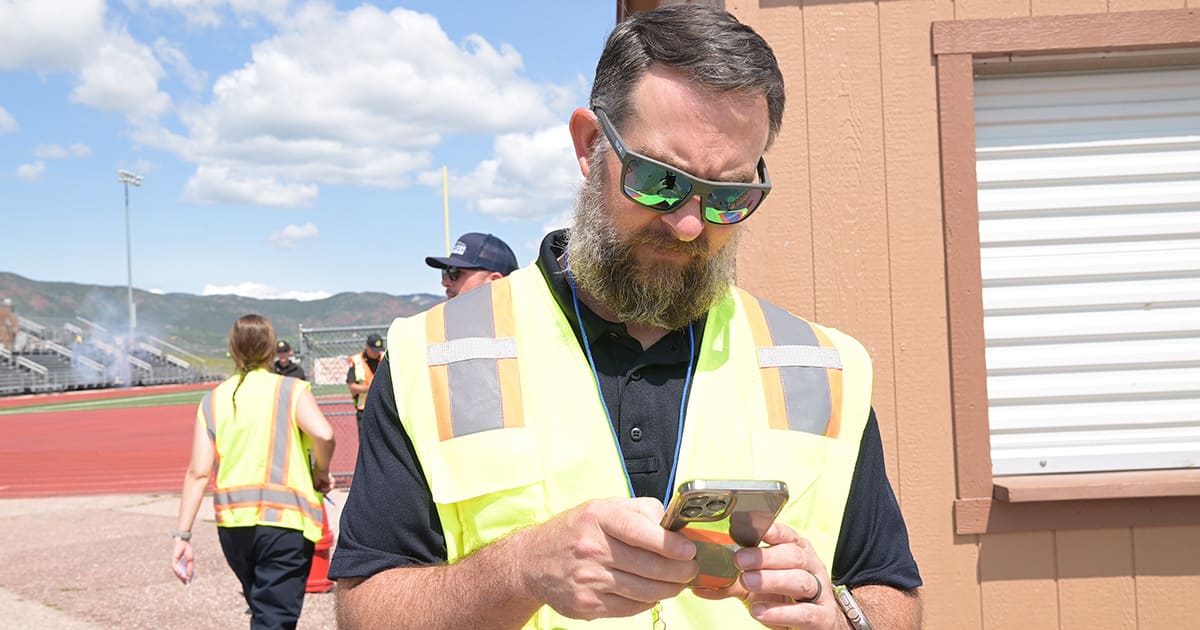
EDITOR'S NOTE: This article originally appeared on FireRescue1.com. Special thanks to our guest author, Courtney Levin, for FireRescue1 BrandFocus Staff.
Colorado Springs Fire Department has significantly improved patient outcomes with Pulsara
When you work in a busy fire department, it seems as if there’s never enough time to learn and implement a new piece of technology. Such was the case for Colorado Springs Fire Department (CSFD), an agency that currently encompasses 23 stations with over 500 firefighters. Serving the second largest city in Colorado, they run about 80,000 calls per year across a large service area of over 195 square miles.
Despite having a full plate already, CSFD has long recognized the importance of continuously striving to improve patient outcomes. After hearing about Pulsara, a communication tool that works to bridge gaps between providers, they realized their department could benefit from such technology.
“I think the transition of care and communication between prehospital medical care and a hospital-based system is fraught with peril,” said Matthew Angelidis, M.D., co-chief medical director at CSFD. “As you’re trying to give a report and information about a patient and the care that’s been rendered to a health care provider in a hospital, lots of information can be lost in translation. I think we struggled to have effective, high-quality patient care information communicated between firefighters and paramedics and the hospital-based resources the patients were transitioning to.”
Joey Buttenwieser, a lieutenant at CSFD, agrees communication challenges were a huge area of opportunity for their agency. He notes that consistent communication has now become the norm since the department implemented Pulsara.
“This system helps first responders talk to a handful of our medical directors directly through Pulsara instead of calling the hospital and getting whichever emergency room doctor happens to be rotating through that day,” said Buttenwieser.
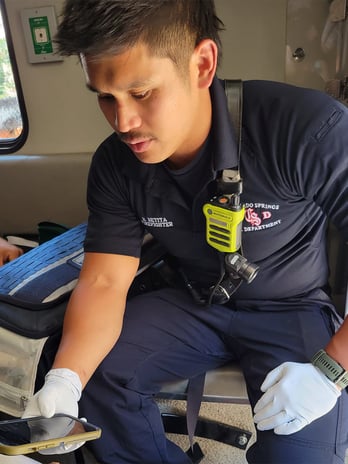
Instead of using radio communication to disseminate patient information to hospital providers, CSFD turns to the Pulsara platform. Users can create a patient channel on the Pulsara platform, which is compatible with both Apple and Android smartphones and can be accessed on a web browser, in mere seconds. This channel allows first responders to send ECGs or images directly from the field, conduct audio or video calls with physicians and more.
In many cases, Pulsara is initially adopted for use with suspected stroke and STEMI patients, and after seeing how easy it is to use, numerous agencies choose to implement it on every call. Angelidis says the impetus to adopt Pulsara came from prehospital EMS as well as cardiovascular and neuromuscular service line leaders who recognized its value.
Yet when working with busy first responders, bringing a new tool on board can be met with some resistance. Mark Warth, fire medical program coordinator at CSFD, says the department has been purposeful in how they roll Pulsara out. It’s about speeding up communication and speeding up the delivery of patient care and information, he explains.
“When we sat down with line paramedics and EMTs and showed them how this communication platform would expedite the care of a patient dying from a heart attack or suffering from a stroke, it really was not that difficult,” added Angelidis. “When they understand this would mean patients having heart attacks would get a catheter or a stent or a bypass surgery faster, I think people are willing to do a lot of extra work if they know it’s going to benefit the patient. For us, the buy-in process was demonstrating how Pulsara would improve and expedite care for our patients and the citizens in our city.”
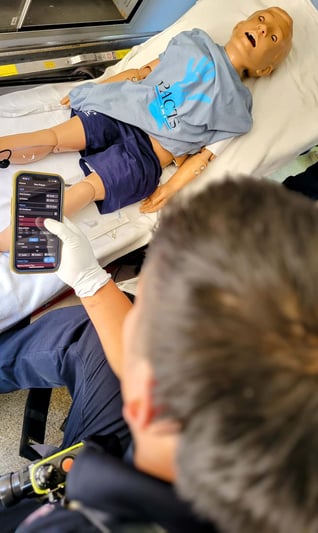 Seeing is often believing when it comes to new tech tools, and the department’s first STEMI patient outcome after implementing Pulsara was enough to prove the platform’s worth. Before adopting Pulsara, door-to-balloon time for a STEMI patient in Colorado Springs averaged 52 minutes – CSFD’s first Pulsara STEMI patient had a time of only 19 minutes.
Seeing is often believing when it comes to new tech tools, and the department’s first STEMI patient outcome after implementing Pulsara was enough to prove the platform’s worth. Before adopting Pulsara, door-to-balloon time for a STEMI patient in Colorado Springs averaged 52 minutes – CSFD’s first Pulsara STEMI patient had a time of only 19 minutes.
Not only does Pulsara aid in communication prior to the arrival of a STEMI patient at a hospital, but it also helps to avoid unnecessary expenses from false activations. When a STEMI alert is activated through Pulsara, cardiac catheterization teams and interventional cardiologists can come into the hospital to prepare for the patient.
“We're able to only turn that team on and pay them to come in for real STEMI patients, for real heart attacks,” said Angelidis. “We're significantly reducing the number of times they show up and everybody goes, ‘Wait, this is sepsis. We don't need this whole cardiac cath team here.’ I think that's another big win from a cost perspective in our community.”
Using Pulsara for STEMI patients hits especially close to home for Warth, whose mother has had nine heart attacks. On one occasion, he received a phone call from his department informing him that his mother was having a STEMI and they were starting a Pulsara patient channel for her.
“By the time I got to the hospital, which is only about 10, 15 minutes away, she’d bypassed the emergency department and was in the cath lab,” said Warth. “It was amazing how fast it happened, and they were able to do that all through Pulsara. That was by far the fastest door-to-cath-lab time she’s ever had.”
CSFD uses Pulsara on nearly every call, making it an essential tool in all types of patient treatment beyond heart attacks and strokes. Angelidis says the department uses the platform when interfacing with psychiatric patients too, allowing on-scene responders to communicate across different silos including police and community behavioral health teams to collaboratively make the best plan of care for a patient.
“We reduce the risk of injury to providers and we reduce the risk of taking away someone’s civil liberties when we shouldn’t,” he said. “I think we improve the quality of mental health care in our community by connecting physicians to the providers in the field in real time.”
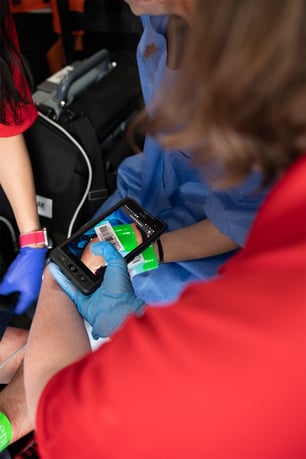 Like other communities in the country, Colorado Springs is working toward the implementation of a wristband system that will help identify patients from the moment first responders begin on-scene treatment. CSFD is operating a trial program with several stations and transport teams that band and scan with Pulsara every patient they interact with.
Like other communities in the country, Colorado Springs is working toward the implementation of a wristband system that will help identify patients from the moment first responders begin on-scene treatment. CSFD is operating a trial program with several stations and transport teams that band and scan with Pulsara every patient they interact with.
“In the event of a mass casualty incident, the teams involved in the care of those patients will have a very standardized way of entering patients into a communication platform and alerting the hospital,” said Angelidis.
CSFD co-chief medical director E. Stein Bronsky, M.D., explains the department is beta-testing the use of Pulsara in conjunction with wristbands to work out any kinks before putting it out to all agencies city-wide. “Then we’ll be able to scale from one to an infinite number of patients,” he said.
This type of larger roll-out can feel overwhelming with so many moving parts, but the benefits of using a consistent communication tool across all first responder agencies are non-negotiable according to Bronsky.
“Utilizing old communication systems actually delays patient care, and we can prove that,” Bronsky said. “We’re helping other agencies that don’t use Pulsara to come onboard and helping them to understand this is the new standard of patient care in our region. Adopting Pulsara communication truly wraps EMS agencies into a more streamlined patient care journey, which has not been the case in the past.”
The team at CSFD takes an empathetic approach to patient care and considers Pulsara to be an integral part of their daily processes.
“We use this mentality in a lot of our training in fire and EMS – what would you want another provider to do for your family if they were in that situation?” said Buttenwieser. “Getting teams in the emergency room with accurate and specific information on patient care names, dates of birth, even photos of the scene that could make that care more streamlined and more efficient and potentially save lives – I want my family member to be part of that care process.”
![]()
To learn more about how Colorado Springs Fire Department is providing cutting-edge care for patients, check out the recorded webinar Leveraging Technology In Hazard Response: Advancements And Future Trends, where Dr. Stein Bronsky discusses the benefits of responding to MCIs and major incidents with the same communication technology you use every day.

A new research study, published in The Journal of the American College of Cardiology (JACC), shows the use of Pulsara in a STEMI-focused initiative...
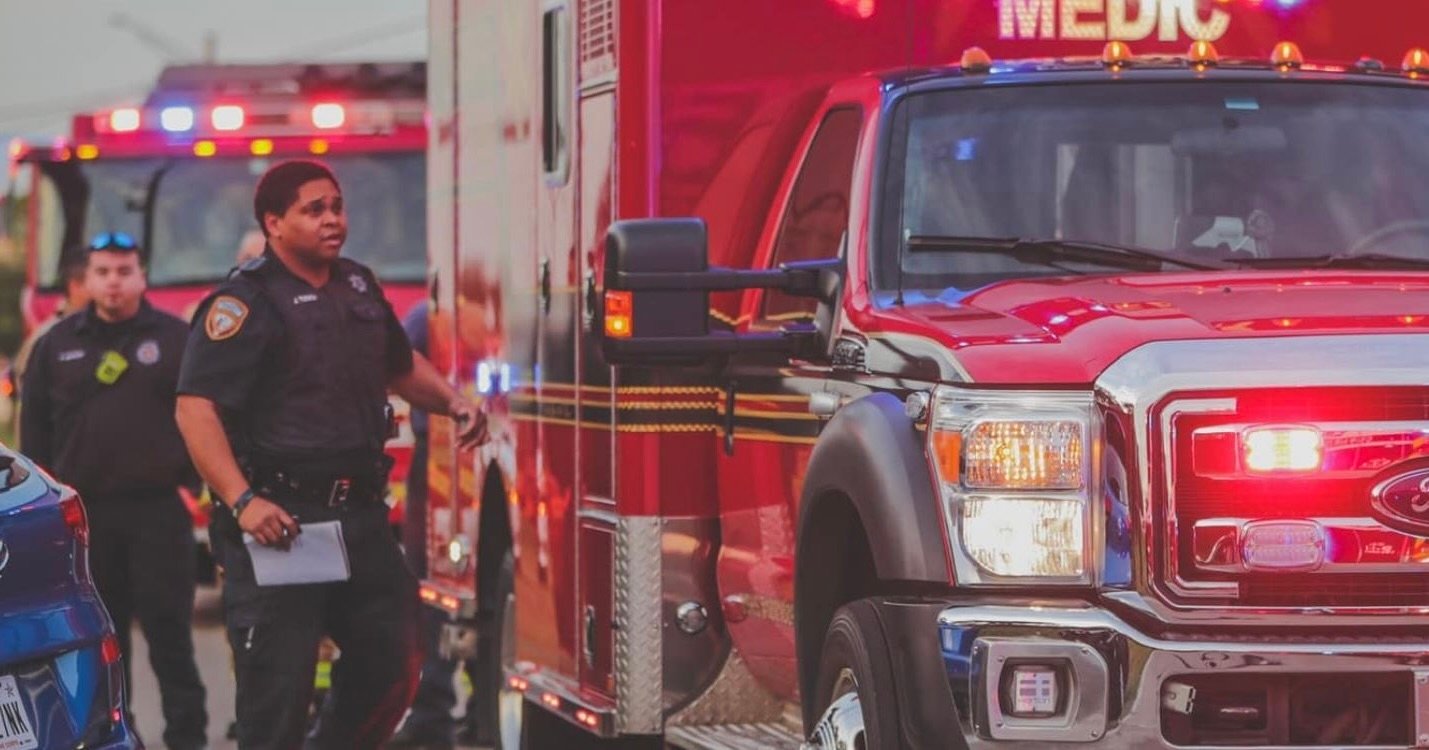
Texas EMS Agency Slashes Hospital Offload Times For Low-Acuity Patients Down from 45 Minutes to 10.2 Minutes with Innovative Door-to-Lobby Protocol ...
![Burnout in EMS: Recognize it, Fight it, Overcome it [2025 EMS Trend Survey]](https://www.pulsara.com/hubfs/stressed-female-paramedic-1200x630.jpg)
Editor's Note: In July 2025, EMS1 and Fitch & Associates released their annual EMS trend survey, What Paramedics Want, proudly sponsored by Pulsara....